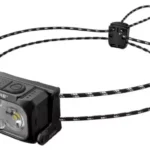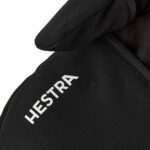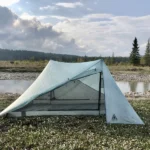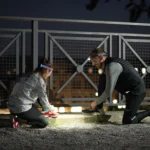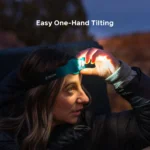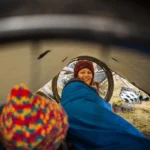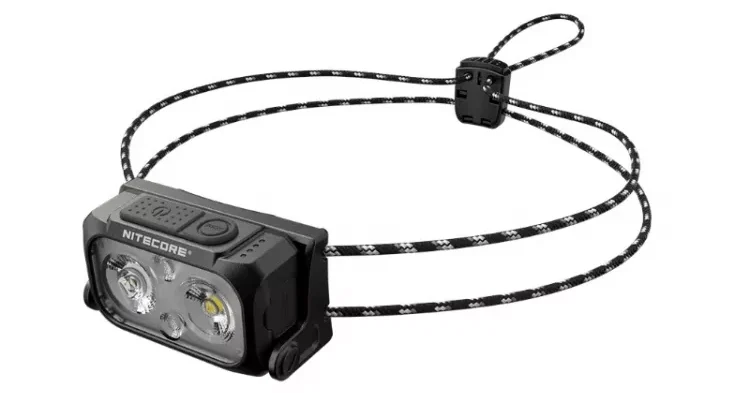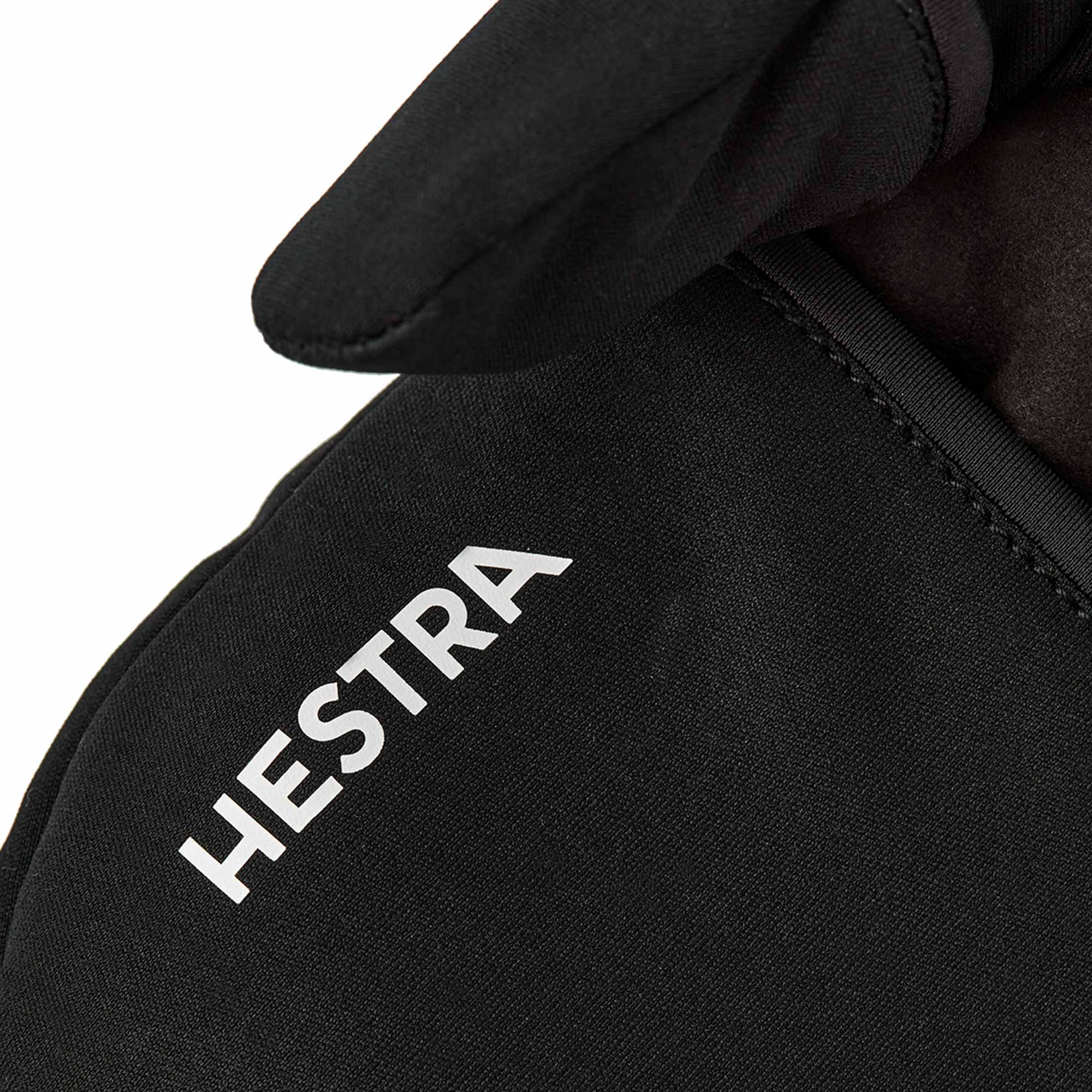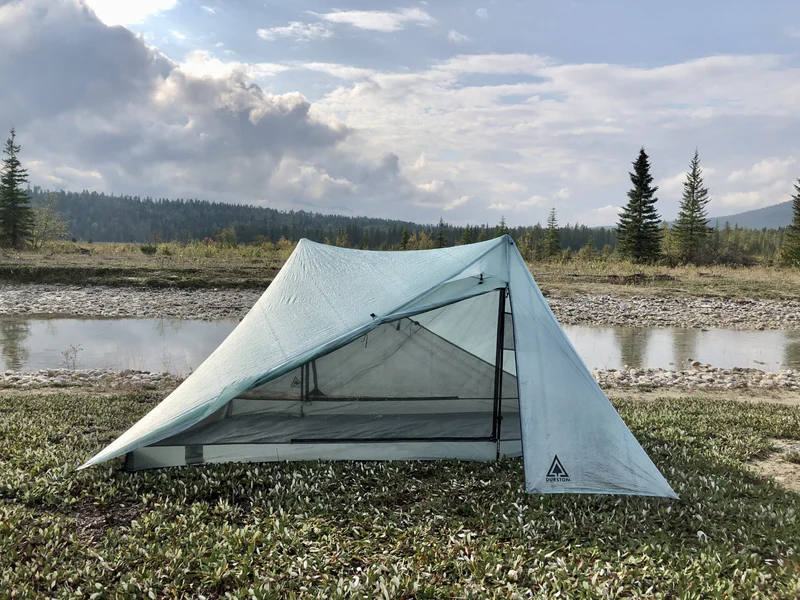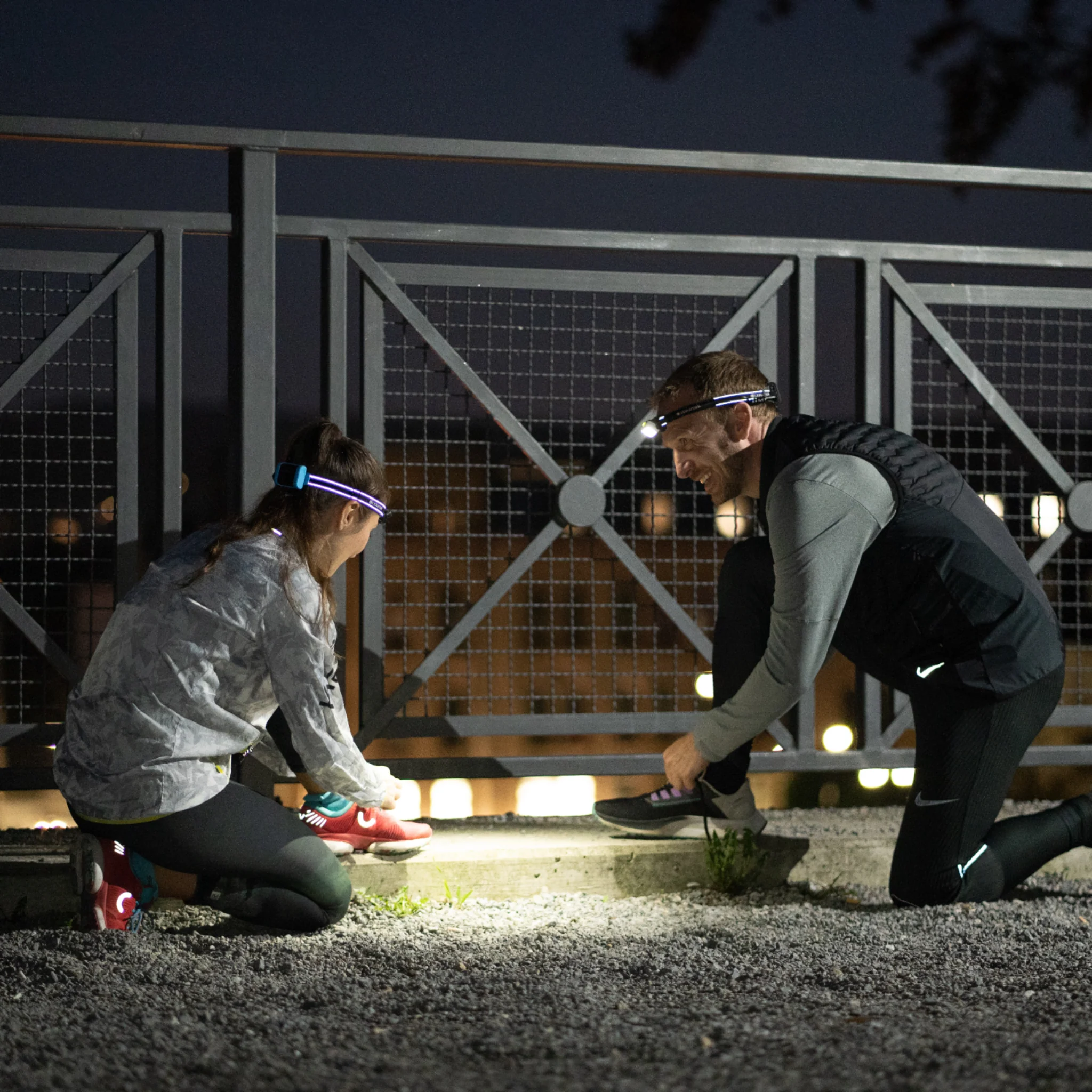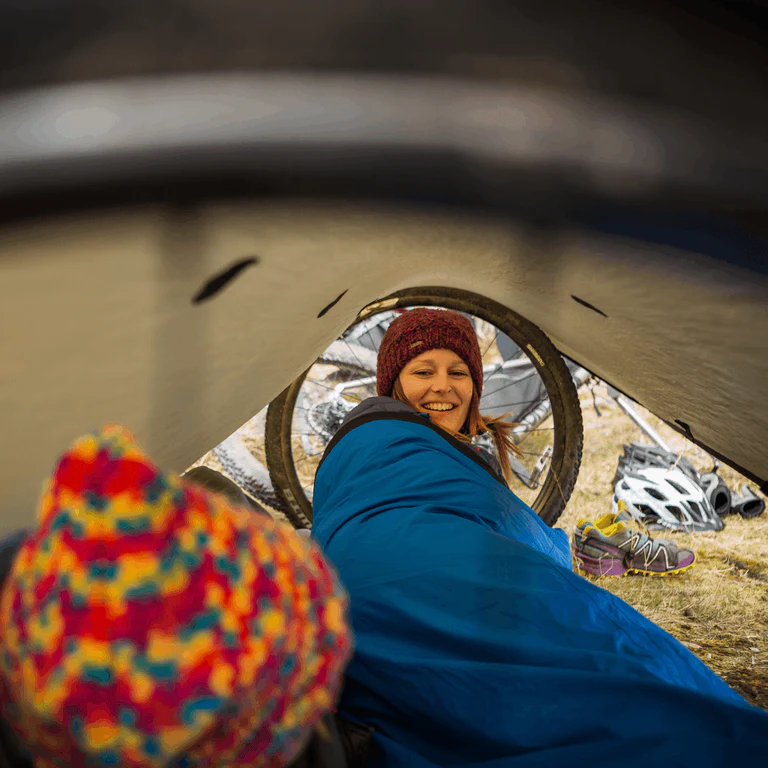
The Alpkit Hunka bivvy bag is one of the most accessible entry points into wild camping. It’s not a tent, not a tarp, and not a hooped shelter—it’s a simple waterproof sack that turns your sleeping bag into a weather-resistant cocoon. For under £50, it’s a gateway to sleeping under the stars, ditching poles and pegs, and embracing the freedom of minimalist shelter.
Whether you’re bivvying on a windswept ridge, tucked behind a dry-stone wall, or stealth camping near a trailhead, the Hunka offers lightweight protection, fast deployment, and reliable waterproofing. It’s not perfect—but for the price, it’s hard to beat.
Materials and Construction
The Hunka is made from 2.5-layer ripstop nylon, featuring:
- Hydrostatic Head (HH) rating of 10,000mm
- Moisture Vapour Transmission Rate (MVTR) of 10,000g/m²/24hr
- Fully taped seams for waterproof integrity
- Drawcord hood closure with dual cinch points
- Integrated mesh stuff sack sewn into the footbox
The fabric is durable and windproof, with a slightly crinkly texture that softens over time. It’s not Gore-Tex or eVent, but it balances waterproofing and breathability well for its weight class.
Dimensions and Fit
- Length: 215cm
- Shoulder Width: 80cm
- Foot Width: 50cm
- Packed Size: 13 x 15cm
- Weight: 330g (Chilli and Lego colours); 360g (Kelp colour)
The Hunka is designed for users up to 6’1″. If you’re taller, use a winter-weight sleeping bag, or prefer to sleep with your mat inside the bivvy, the Hunka XL is a better fit.
The tapered shape reduces bulk and improves packability, but it’s snug. For users with lofty down bags or wide shoulders, the regular Hunka may feel restrictive.
Setup and Use
There’s no zip, no pole, and no vent—just a top opening and a drawcord hood. To use:
- Slide your sleeping bag (and optionally your mat) inside
- Climb in from the top
- Cinch the hood around your face using the dual drawcords
The drawcord system is functional but fiddly. With two cords and toggles, it can be hard to distinguish which controls the hood vs. the neck. A colour-coded or simplified system would improve usability.
Once inside, the Hunka forms a mummy-style cocoon, leaving a small breathing gap. It’s cozy, windproof, and surprisingly warm.
Waterproofing and Breathability
The Hunka’s 10,000mm HH rating is solid for a bivvy bag. It handles:
- Heavy dew and condensation
- Light to moderate rain
- Wind-driven moisture and splashback
However, it’s not a full storm shelter. The hood cannot be fully sealed, and there’s no zip or flap to protect the opening. In heavy rain, water can enter through the top unless paired with a tarp or natural cover.
Breathability is good for the price. Condensation is minimal in mild conditions, though some dampness may occur in colder, humid environments. The 2.5-layer membrane allows moisture to escape, but not as efficiently as premium fabrics.
Comfort and Sleep Quality
The Hunka adds 5–10°C of warmth to your sleep system by blocking wind and retaining heat. It’s ideal for:
- Spring and summer bivvying
- Emergency shelter use
- Minimalist fastpacking setups
Sleeping with your mat inside compresses insulation, especially in down bags. Many users prefer placing the mat outside to preserve loft. The Hunka XL accommodates both.
The drawcord hood can be cinched tightly, leaving only your nose exposed. This improves warmth and stealth but may feel claustrophobic for some. In warmer weather, leaving the hood open improves airflow.
Packability and Weight
At 330–360g, the Hunka is lighter than most tents and hooped bivvies. It packs down to the size of a Nalgene bottle, making it ideal for:
- Bikepacking
- Trail running overnights
- Emergency shelter kits
- Ultralight backpacking
The integrated stuff sack is a standout feature. Sewn into the footbox, it eliminates the need for a separate pouch and simplifies packing. No precision folding required—just stuff and cinch.
Stealth and Colour Options
Available in:
- Kelp (green) – best for stealth camping
- Chilli (red) – 30g lighter
- Lego (blue) – 30g lighter
The Kelp colour blends into natural environments, ideal for low-profile bivvying near trails or urban edges. The brighter colours are easier to spot and slightly lighter.
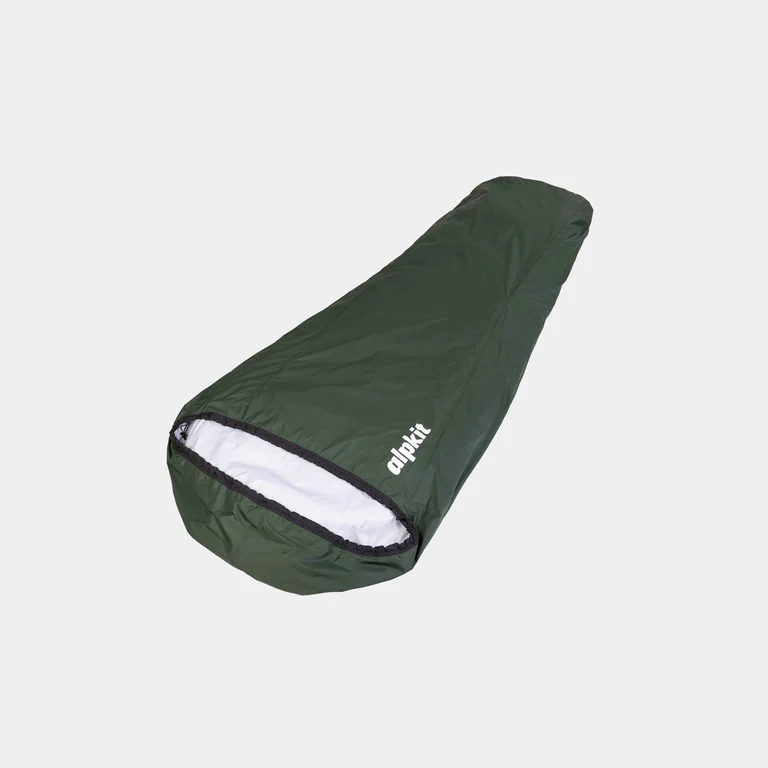
Durability and Maintenance
The ripstop nylon is tough enough for rough ground, though not bombproof. Avoid sharp rocks, thorns, and abrasive surfaces. Use a groundsheet or mat underneath for protection.
After multiple uses:
- No seam failures or tears
- Drawcords remain functional
- Fabric shows minor creasing but no delamination
Cleaning is simple:
- Wipe down with a damp cloth
- Air dry thoroughly before storage
- Avoid machine washing or tumble drying
Pros and Cons
Pros
- Lightweight and compact
- Waterproof and breathable
- Affordable (~£50)
- Integrated stuff sack
- Ideal for stealth camping
- Adds warmth to sleep system
- No poles, pegs, or setup time
Cons
- No full hood seal
- Drawcord system is fiddly
- No insect protection
- Condensation in cold/humid conditions
- Snug fit for winter bags or tall users
- No zip or venting options
Comparison Table: Hunka vs Key Bivvy Bags
| Feature | Alpkit Hunka | Alpkit Hunka XL | Rab Trailhead Bivi | Outdoor Research Helium |
|---|---|---|---|---|
| Weight | 330–360g | 482g | 450g | 494g |
| Length | 215cm | 235cm | 250cm | 208cm |
| Max User Height | ~6’1″ | ~6’4″ | ~6’3″ | ~6’2″ |
| Waterproof Rating | 10,000mm HH | 20,000mm HH | 10,000mm HH | 20,000mm HH |
| Breathability | 10,000g/m²/24hr | 10,000g/m²/24hr | 10,000g/m²/24hr | 20,000g/m²/24hr |
| Entry System | Top drawcord | Top drawcord | Button closure | Side zip + hoop |
| Packed Size | 13 x 15cm | 23 x 16cm | 20 x 12cm | 31 x 9cm |
| Price (UK) | £49–£55 | £69–£75 | £110 | £250 |
| Best Use | Stealth camping | Mat-inside bivvying | Minimalist backpacking | Premium hooped bivvy |
Verdict: A Gateway to Wild Camping
The Alpkit Hunka bivvy bag is a minimalist shelter that opens up new possibilities for outdoor sleep. It’s not a tent replacement for stormy nights, nor a luxury hooped bivvy—but it’s light, reliable, and affordable, with enough protection for spring and summer missions.
For wild campers, fastpackers, and stealth adventurers, the Hunka offers a low-cost, low-fuss way to sleep outside. It’s a bivvy

